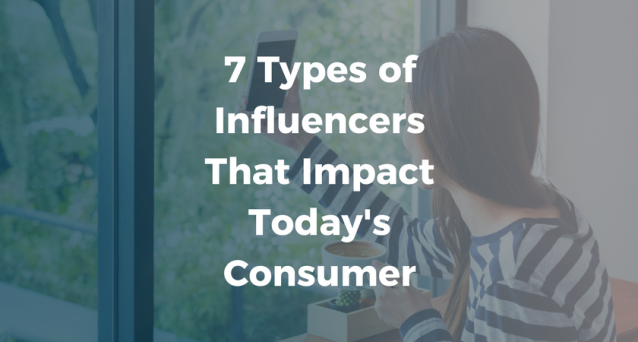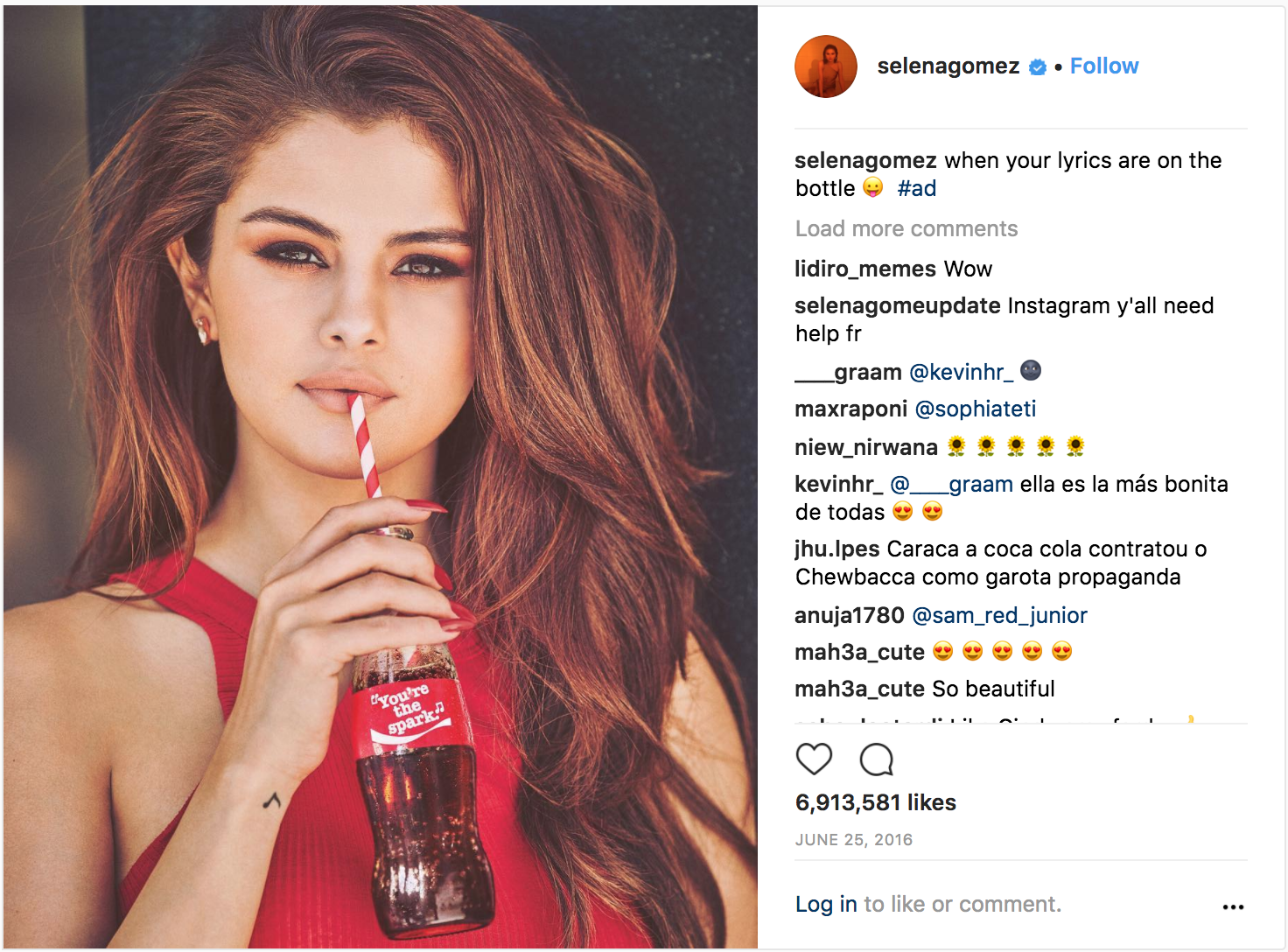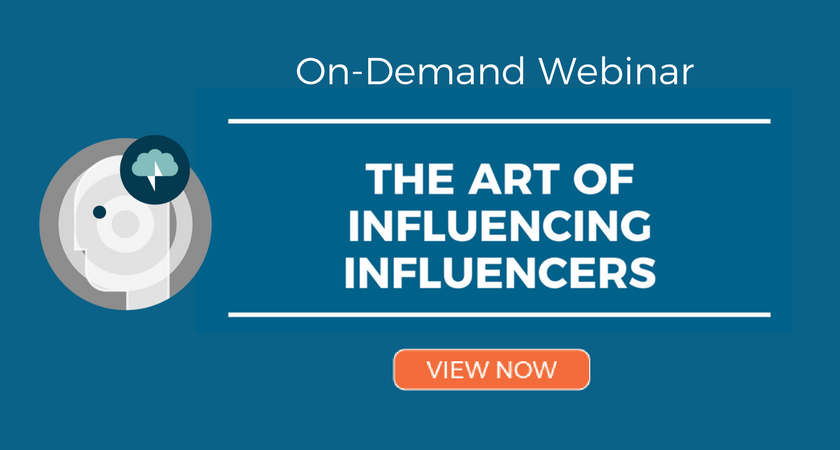If reaching your audience through industry influencers is on your to-do list for 2018, realize that there are different types of influencers, and you likely will benefit from including variety in your influencer marketing strategy. Each influencer type requires a different strategy to leverage, so keep that in mind.
Recently, Cision’s 2017 Global Comms Report: Challenges and Trends looked at the different types of influencers that marketing professionals work with in order to reach consumers. Let’s take a look at each, as well as brainstorm on ways your brand can benefit.
Everyday Consumers Have a Lot of Impact
Overall, consumers had the highest impact globally on other consumers. Around the world, 59 percent of marketers ranked them as being the most effective types of influencers. The country with the lowest reliance on everyday consumers as influencers is Sweden.
Things like user-generated reviews and social media mentions help shoppers make decisions, and a majority rely on those over advertising or social updates from a brand.
How to Leverage: Make it easy for customers to review your products, and encourage them to do so after purchase. Send an email with a link to your product review page or Yelp profile a few days after they’ve bought from you.
The Value of Celebrity Influence
This influencer category includes actors, artists, athletes and social media stars. The idea is that if consumers see a well-known person using a product or hear them praise it, they will be interested in buying it or learning more.
Globally, 47 percent of marketers place importance on celebrity influencers, while in China, they are a major tool for reaching shoppers: 73 percent say they’re in the top three influencer types for them.
How to Leverage: Identify the celebrities that your audience migrates toward, then see how you can work together. Realize that the better known a celebrity is, the more expensive he or she will be to work with, even if that person is open to a brand partnership. Look as well to smaller industry celebrities that can still pack a powerful influencing punch, on a more reasonable budget.
Mainstream Journalists Still Have Clout
Whether it’s intentional or not, journalists can have quite an impact on impressions of a brand. A glowing review of the latest tech tool can send readers running to buy it. A restaurant reviewer who gives a lackluster opinion of the newest Thai restaurant in town can seriously impact business.
Around the world, 47 percent look to journalists as influencers, with the biggest spike in France.
How to Leverage: Know who writes about your industry and start building relationships with those journalists. Get them on the first-to-know list when you have a new product or announcement.
Micro-Influencers May Get Better Results
A rising trend in the influencer marketing space is in working with micro-influencers. These are popular social media stars who have made a name for themselves in a particular industry. These aren’t celebrities by any means, but their audiences listen raptly to everything they say.
The least reliance on micro-influencers occurs in France, while in the U.S., it’s the influencer type of choice.
How to Leverage: Think quality, not quantity. A micro-influencer may not have hundreds of thousands of followers, but if she’s got the attention of her audience, she may be a better influencer resource than a major celebrity you can’t afford anyway.
Bloggers Have Strong Followings
Bloggers have long been known as influencers because so many write product reviews and host product giveaways. Globally, 40% of marketers rely on relationships with bloggers to get the word out about their brands.
How to Leverage: Think beyond the product review post. Today’s influencer bloggers are savvier than that. Ask the bloggers you want to work with for ideas on how you can partner. You might have a mention of your product on their blog, as well as host a blogger-friendly PR event, then a Twitter chat. Bloggers usually have substantial social media followings, so build that into your proposal on how you can work together.
Consider Employees as Influencers
Your best influencers might be no further than the offices down the hall. When your staff believes in the product, they’ll be natural brand ambassadors, whether they work in sales or not.
At 18 percent, more Swedish respondents of the Cision survey identified employees as their top choice than any other market.
How to Leverage: Start by ensuring that your company is a desirable place to work. Happy employees are ones who will realize how great your products are. Then be generous with your product. Make sure everyone has access to it. Encourage them to have their own company-branded social media accounts so they can spread the word the way they want. Realize that doing so will allow your brand to have a greater reach than it would have with just one company social media profile per channel.
Corporate Executives Can Create Thought Leadership
In addition to your staff at large, your corporate executives — those CXOs and board members — also have serious clout when it comes to influencing people about your brand. Your CEO (among others) may be a thought leader in your industry, speaking at events and generally representing your company. Because these executives are the ones making major business decisions on behalf of the company, they should advocate for the business to support those decisions.
The country where corporate executives hold the most sway is Germany, where 46 percent of marketers rely on them to influence consumers positively.
How to Leverage: If one or more of your corporate executive suite isn’t public facing and a known thought leader, get them there. Start by attending industry events and networking, then work up to creating content under their byline, speaking at events, and donating time and services to help others.
The future of marketing includes working with a diverse collection of influencers, as we’ve seen in the study’s results. Start factoring in influencer marketing to what you’re doing to round out your overall marketing strategy, and start seeing the needle move in terms of consumer sentiment of your brand and products.
Remember: influencer marketing isn’t a one-time shot. You’ll want to build long-term campaigns with the influencers who are getting you results, as well as continue to find new influencers to work with.
![]()
from Blogs http://ift.tt/2EYmx9G



No comments:
Post a Comment